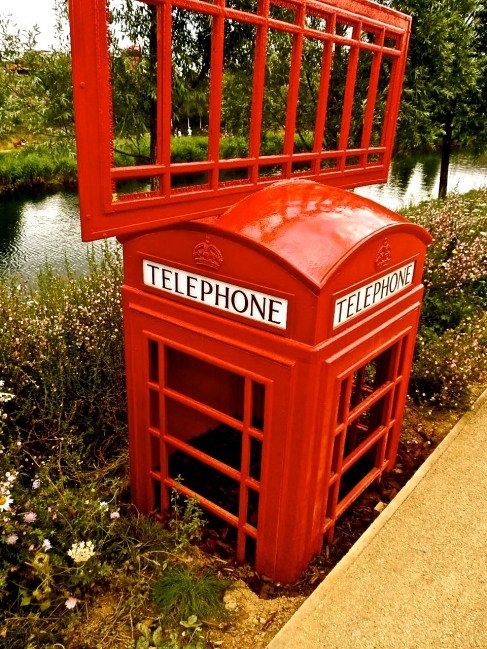Some of you may have heard about the vandalism that occurred at the Tate Modern last weekend. The victim was a Rothko painting called ‘Black on Maroon’ and it was part of a series named the Seagram murals. The culprit had written “a potential piece of ‘Yellowism’.” The culprit has in fact come forward as Vladimir Umanets who is the co- founder of ‘Yellowism’. It is believed that he was trying to draw attention to his movement, as well as increase the value of the painting. But what is ‘Yellowism’? All the articles I have read about this story does not in fact explain fully what it is? Vladimir Umanets says that ‘Yellowism’ is different form art. In art, you have the freedom to interpret how you wish. However in ‘Yellowism’, you don’t have the freedom of interpretation. ‘Yellowism’ is an element of contemporary visual culture. In other words, ‘Yellowism’ is an idea mixed into the modern society of art.
In my opinion, I can’t make heads or tails of this movement. Above all, why draw on a piece of artwork in order to attract people to a movement, which isn’t even to do with art? ‘Yellowism’ is not art nor is it anti- art. So a piece of art should not be vandalized for the publicity of a movement that is trying to tear itself away from the art culture…?
However some believe that he did not vandalize Rothko’s painting.He has even said that the writing increases the value of the painting.It is thought Vladimir Umanets was merely expressing himself onto this piece. This then raises questions. Is expressing oneself onto art vandalism? Or just art in itself? Expressing yourself is seen as art, but is it acceptable to express oneself on another’s expression? And if you understood these questions, what then should be done with Vladimir Umanets? Should he get away with it or be fined etc.?
I personally think he is in the wrong. He has used a painting by a famous artist for his own gain. Although many say any publicity is good publicity, I think that whenever ‘Yellowism’ is mentioned now, people will always think of this crime committed, and that can’t be a good thing.





